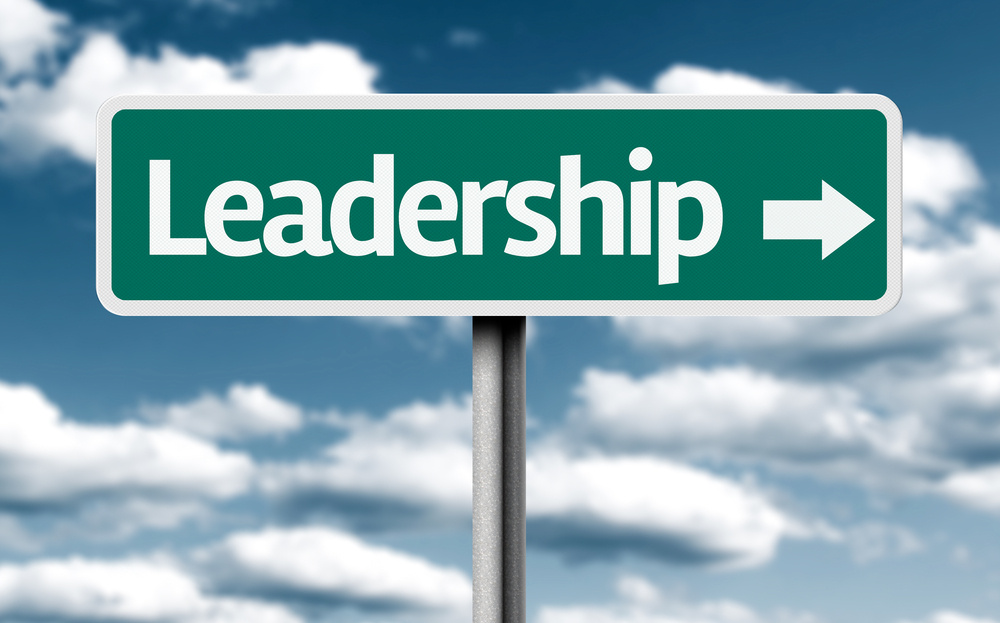Management vs. Leadership: Recognising the Principal Distinctions
Although the phrases management and leadership are frequently used synonymously in the business world, they refer to two different ideas that are essential to any organisation's success. Although they both entail leading groups and organisations to success, the methods and attitudes are very different.
Let's examine the main distinctions between leadership and management and how knowing them can enhance performance on both a personal and organisational level.
Management: What is it?
Fundamentally, management is the process of organising, planning, and supervising activities to guarantee that goals are accomplished successfully and efficiently. Managers are in charge of establishing precise objectives, creating plans, assigning funds, and monitoring results. Their key responsibilities include stability, control, and achieving predetermined goals.
Managers frequently have to do:
1. Planning: Clearly defining goals and the actions required to reach them.
2. Organising: Setting up groups and assets to maximise output.
3. Directing: Assisting group members in finishing assignments.
4. Controlling: Monitoring progress and making necessary plan modifications to ensure everything remains on track.
Authority and structure are frequently linked to management, where managers base their choices on predetermined guidelines and protocols.
What is leadership?
Contrarily, leadership is about inspiring, encouraging, and directing people or groups to realise a vision or objective. Leadership is about people, whereas management is about duties and procedures. Influencing and enabling people to strive towards a common goal is the primary preoccupation of leaders.
The following traits are frequently used to describe leaders:
1. Inspire: Establish a goal and encourage others to share and strive towards it.
2. Create Relationships: Encourage cooperation and trust among team members.
3. Promote Innovation: Encourage innovative approaches to problem-solving and question the status quo.
4. Set an Example: Act in a way that exemplifies the principles and conduct they want from others.
Instead of formal authority, leadership is frequently associated with vision, empathy, and influence. Long-term objectives, personal development, and creating an atmosphere where others can flourish are the main concerns of leaders.
So here are the top five main differences between managers and leaders:
1. Focus: To make sure that everything functions properly and effectively, management concentrates on tasks, systems, and processes. Leadership** encourages people to embrace change and strive for progress by concentrating on people, motivation, and vision.
2. Application to Change: Managers generally strive to preserve stability and reduce risks by adhering to established protocols and directives. Leaders are more likely to welcome change, question the status quo, and promote creativity.
3. Decision Making: To reduce uncertainty, managers base their choices on information, past performance, and accepted procedures. Decisions made by leaders are more likely to be guided by their vision, intuition, and desired long-term effects.
4. People vs. Process: Managers supervise how procedures are carried out and guarantee that work is finished on schedule and within budget. By emphasising development, engagement, and alignment with a greater mission, leaders seek to inspire and nurture their colleagues.
5. Risk Orientation: Managers are often risk-averse, favouring predictable results and minimising plan deviations. Leaders frequently take measured chances in order to explore new avenues and promote creativity.
Are You Able to Lead and Manage?
Leadership and management are not mutually exclusive, notwithstanding their differences. In actuality, people who are able to combine both traits tend to be the most successful. By motivating their team, encouraging teamwork, and welcoming change while keeping control over procedures and operations, a successful manager can also be a leader.
In a similar vein, a strong leader may use management skills to measure progress, organise resources, and make sure the right actions are being taken to realise their goal. The capacity to balance both tasks is essential for success in many organisations, especially for leadership roles like department heads or CEOs.
What's Important?
Knowing the difference between management and leadership is crucial because it enables people and organisations to establish an environment that fosters growth and effectiveness. While both are required, knowing when to manage and when to lead may have a big impact on improving performance, encouraging creativity, and establishing a productive workplace.
Managers make sure teams are working effectively and achieving immediate objectives. Leaders encourage others, inspire long-term vision, and propel change for a more vibrant future.
Organisations must have both excellent management and visionary leadership to succeed in the fast-paced, constantly evolving world of today. Stability and innovation will be balanced with a well-rounded strategy that combines aspects of both.









